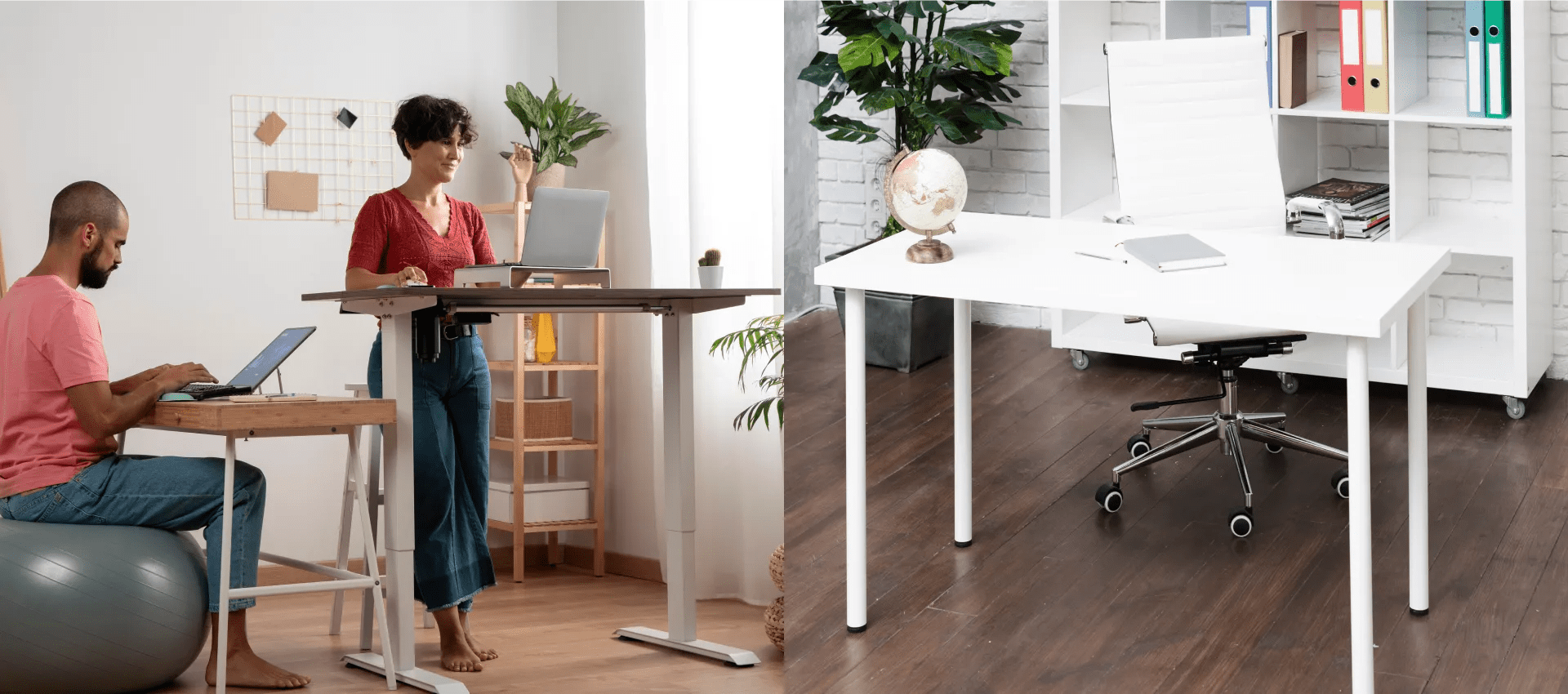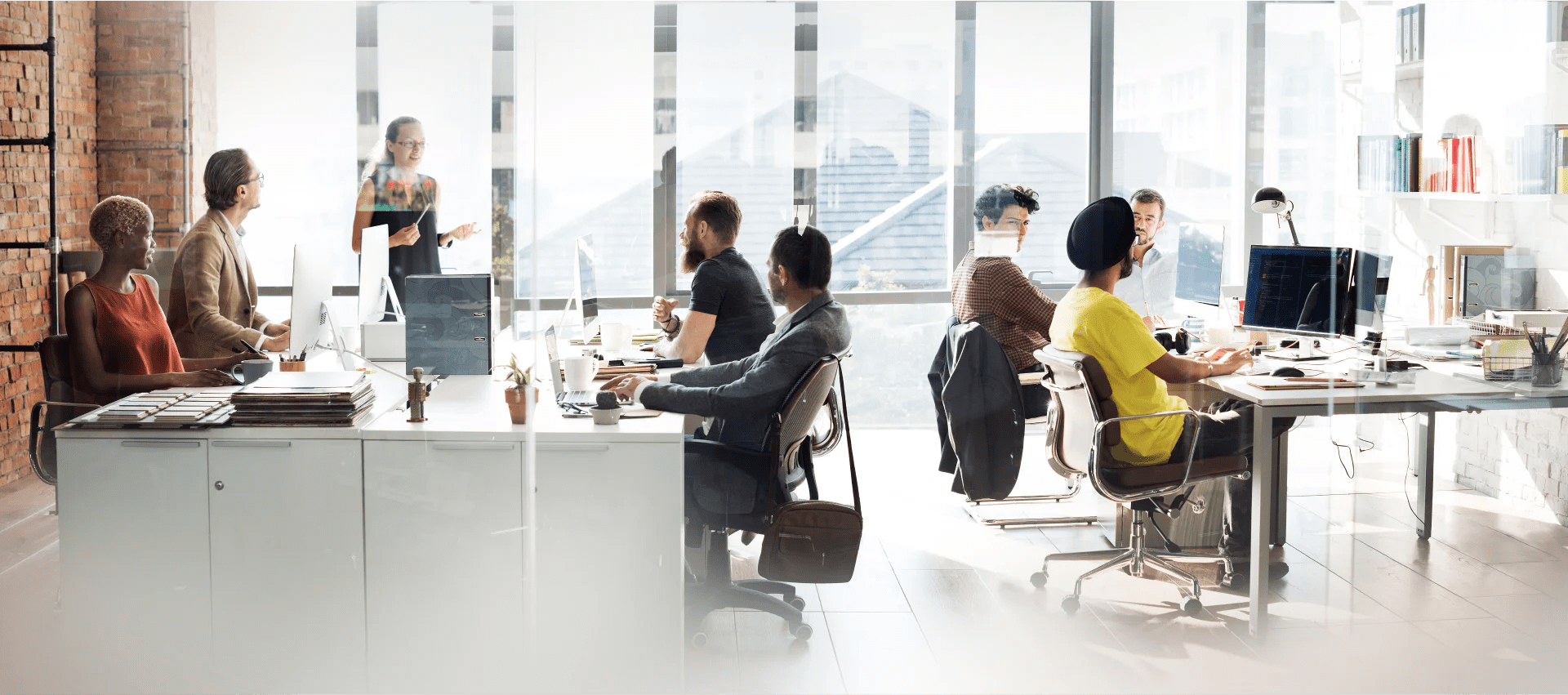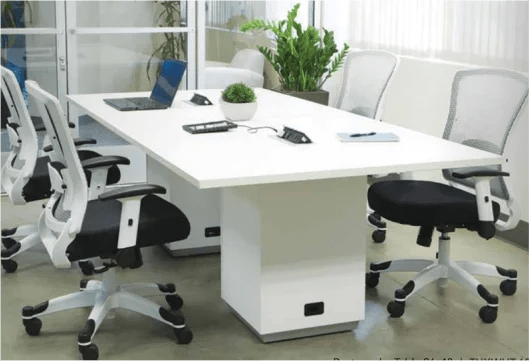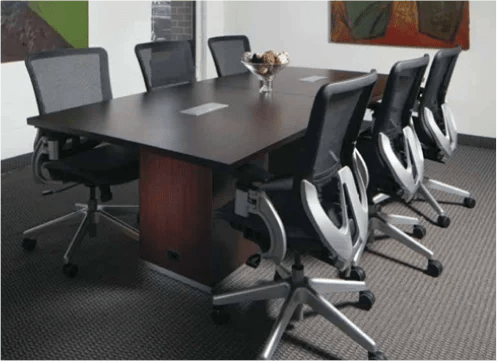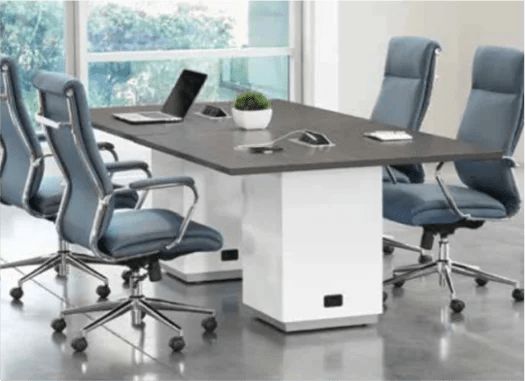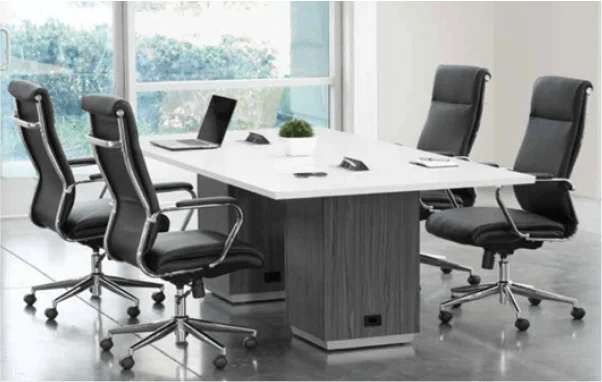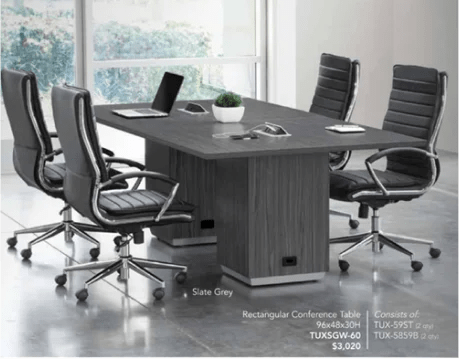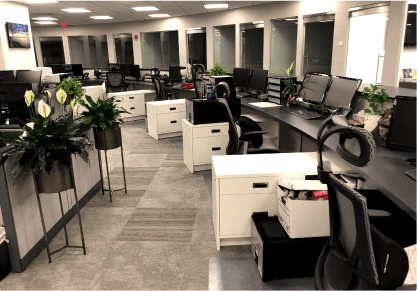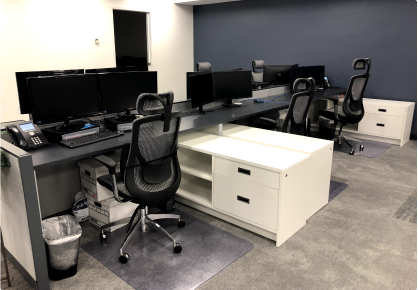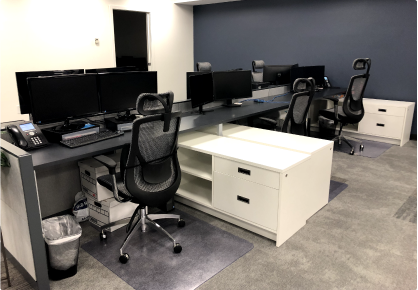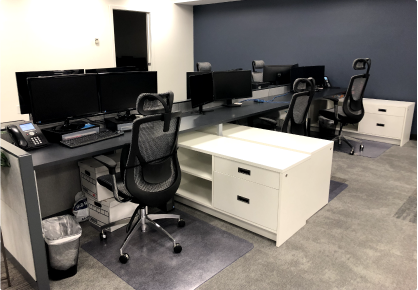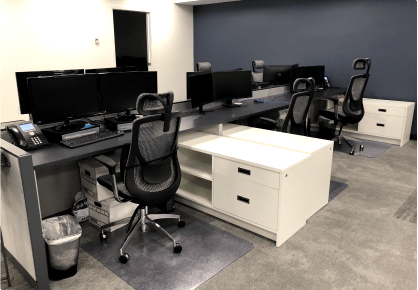- NY Phone: (212) 641-4300 |
- NJ Phone: (908) 300-5664
The Future of Office Furniture: Trends to Watch in 2025
The Future of Office Furniture: Trends to Watch in 2025
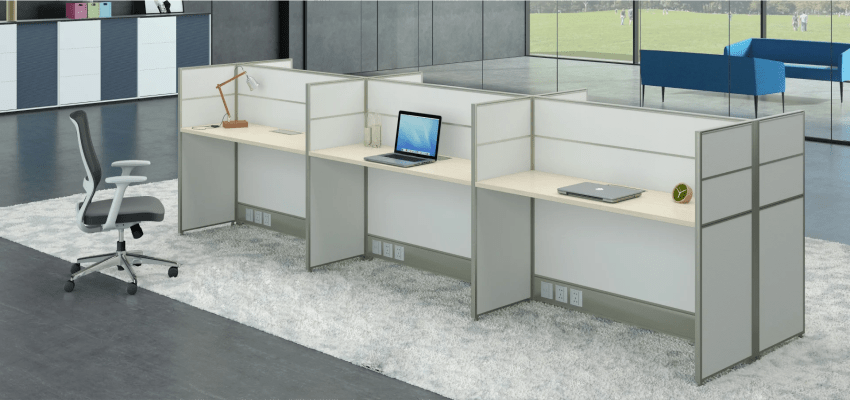
Office furniture in 2025 is undergoing a significant transformation, driven by the evolving landscape of hybrid work, a growing focus on employee well-being, and a stronger commitment to sustainability. The traditional, static office setup is giving way to flexible, comfortable, and environmentally conscious designs that are specifically crafted to boost productivity and foster innovation. As businesses worldwide re-evaluate their physical workspaces, they are increasingly prioritizing adaptability, employee wellness, and the integration of smart technology.
Here are the key trends shaping the future of office furniture in 2025:
Ergonomic and Wellness-Focused Furniture
Emphasis: The paramount importance of prioritizing employee well-being and comfort to counteract the negative physical effects often associated with prolonged desk work.
Features:
- Adjustable standing desks and sit-stand workstations that actively encourage movement throughout the workday.
- Ergonomically designed chairs featuring robust lumbar support to promote and maintain proper posture.
- AI-powered chairs that intelligently adjust to provide optimal spinal alignment and support for individual users.
- A range of supportive accessories, including anti-fatigue mats, footrests, and keyboard risers, designed to alleviate strain and enhance comfort.
Benefits: A noticeable reduction in back pain and fatigue, directly contributing to increased productivity and an overall improvement in employee well-being.
Sustainable and Eco-Friendly Materials
Emphasis: A growing commitment to minimizing environmental impact and appealing to an increasingly eco-conscious workforce.
Materials:
- The utilization of recycled, biodegradable, and responsibly sourced materials in furniture construction.
- The adoption of non-toxic, low-VOC (Volatile Organic Compounds) finishes to significantly improve indoor air quality.
- The incorporation of sustainable materials such as bamboo, reclaimed wood, recycled glass, and repurposed metal in furniture design.
Benefits: Enhances a company’s brand reputation by demonstrating environmental responsibility while significantly reducing its overall environmental footprint. Companies like Eltru are at the forefront of providing sustainable office furniture solutions.
Flexible and Adaptive Workspaces
Emphasis: The creation of multi-functional office layouts that can seamlessly accommodate diverse and evolving work styles, particularly in the context of hybrid work models.
Features:
- Modular desks and workstations that offer the flexibility to be easily rearranged and reconfigured as needed.
- The implementation of hot-desking setups to maximize space efficiency and encourage spontaneous collaboration among teams.
- The inclusion of acoustic pods and privacy booths to provide focused work zones for individual tasks.
- The use of foldable partitions and multifunctional chairs that allow for quick and easy customization of space.
Benefits: Actively supports employee engagement, fosters collaboration, and ensures adaptability in a dynamic and ever-changing workplace environment.
Smart Technology Integration
Emphasis: Enhancing overall efficiency and convenience through the seamless integration of smart technologies into office furniture.
Features:
- Built-in wireless charging pads and USB-C ports for effortless device connectivity and power.
- Smart desks equipped with adjustable settings for personalized control over lighting and posture.
- Touchscreen interfaces for convenient management of office temperature and lighting controls.
- Electronic locks for enhanced security in shared or collaborative workspaces.
Benefits: Optimizes overall office functionality, allows for personalization of individual workspaces, and significantly improves overall workplace efficiency.
Collaborative Spaces
Emphasis: The intentional design of spaces that are specifically engineered to inspire teamwork, creativity, and spontaneous interaction.
Features:
- Tables and seating arrangements specifically designed to facilitate informal discussions, brainstorming sessions, and team meetings.
- Lightweight and mobile chairs that offer flexibility in configuring collaborative areas.
- The incorporation of acoustic elements, such as soundproof wall panels, to effectively minimize distractions and enhance focus within these spaces.
Benefits: Actively encourages collaboration, fosters innovation, and creates an engaging and dynamic work environment.
Biophilic Design
Emphasis: The conscious integration of natural elements into the office environment to enhance creativity, reduce stress, and promote overall well-being.
Elements:
- The strategic placement of green walls and indoor plants to significantly improve air quality and enhance the aesthetic appeal of the workspace.
- The incorporation of natural wood textures to create a warm, inviting, and more grounded atmosphere.
- The use of earthy color palettes that contribute to a calming and stress-reducing environment.
Benefits: Enhances focus, reduces stress levels, and actively contributes to a healthier and more productive work environment.
Versatile Furniture
Emphasis: Maximizing space efficiency and adaptability through the use of furniture with adaptable and multi-functional designs.
Features:
- Mobile storage units that can be seamlessly integrated into shared work areas and easily moved as needed.
- Ergonomic chairs that are designed to be easily adjustable to accommodate a wide range of users and body types.
- Adjustable tables that can effortlessly transition between standing meetings and focused individual work.
Benefits: Provides effortless organization and allows for easy and quick reconfiguration of office spaces to meet diverse and evolving needs.
Looking Ahead
These trends collectively reflect a significant shift towards more human-centric, sustainable, and adaptable office spaces. Businesses that proactively embrace these changes, including those partnering with innovative companies like Eltru, are effectively setting the stage for more efficient, comfortable, and future-ready workplaces. Whether through the implementation of ergonomic design principles, the adoption of eco-conscious materials, or the strategic integration of smart technology, the future of office furniture is clearly designed to proactively support the evolving needs of modern businesses and their valued employees.
Contact Us For
OFFICE SPACE SOLUTIONS
and FF&E Services
Copyright © 2025 RJV Office Furnishing LLC

